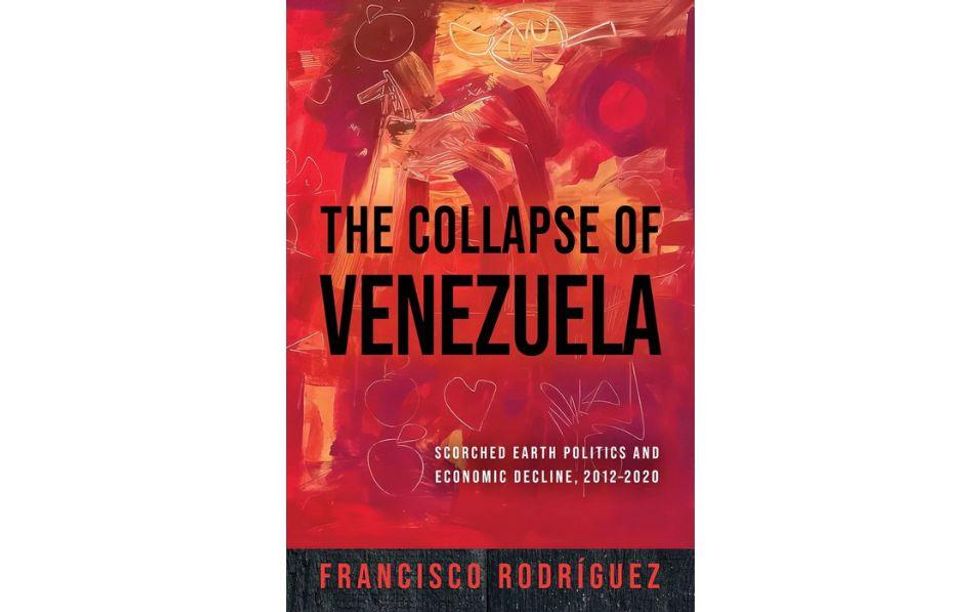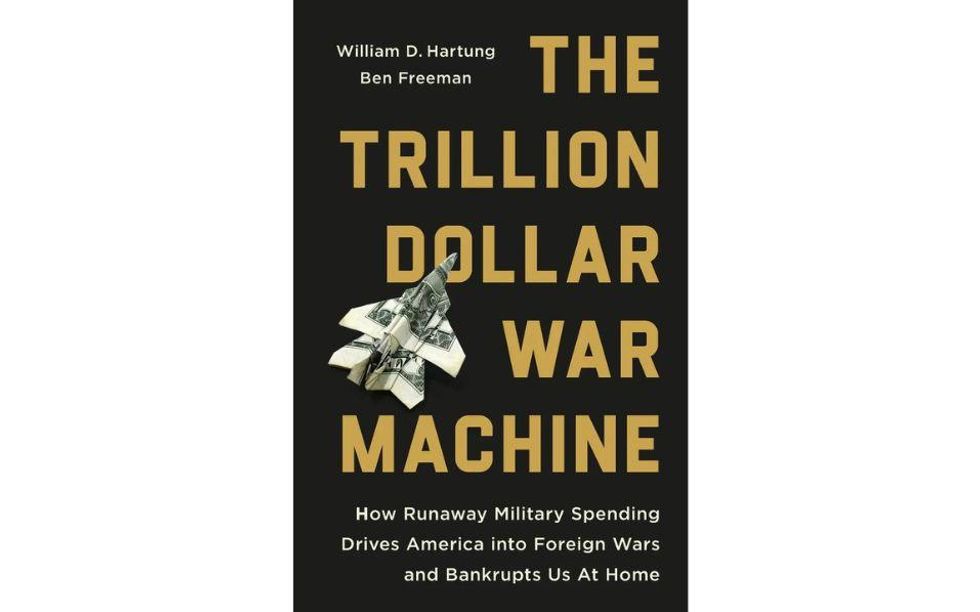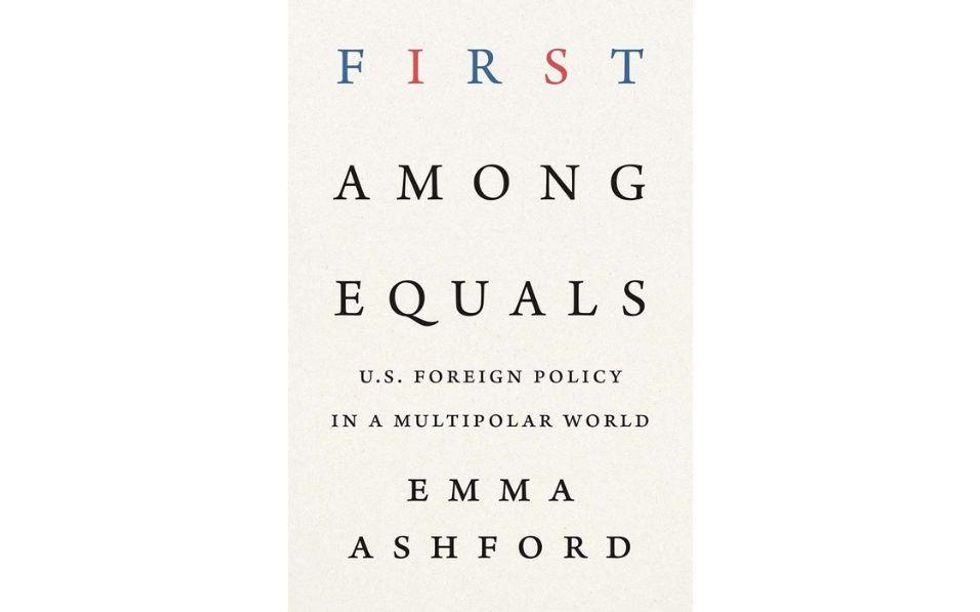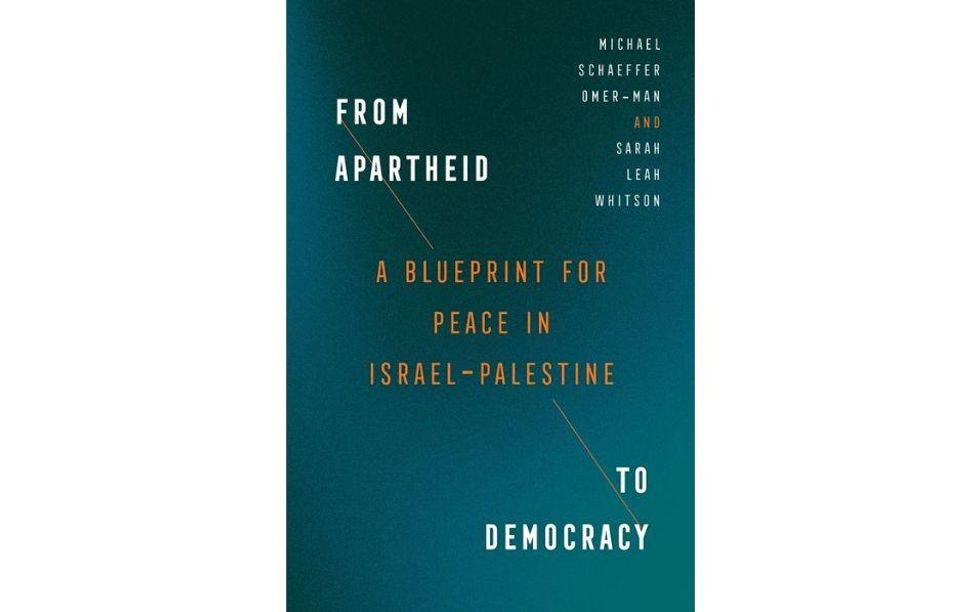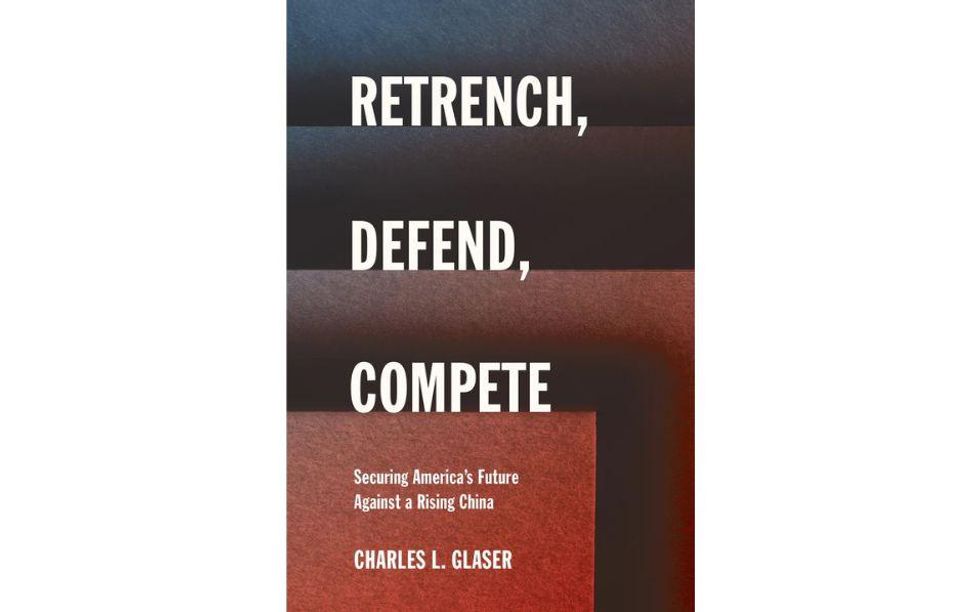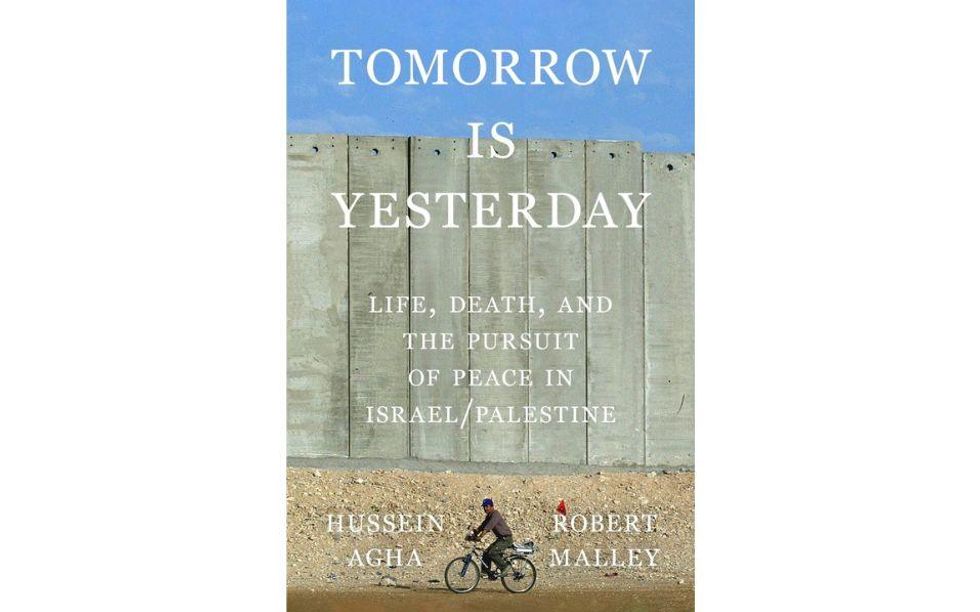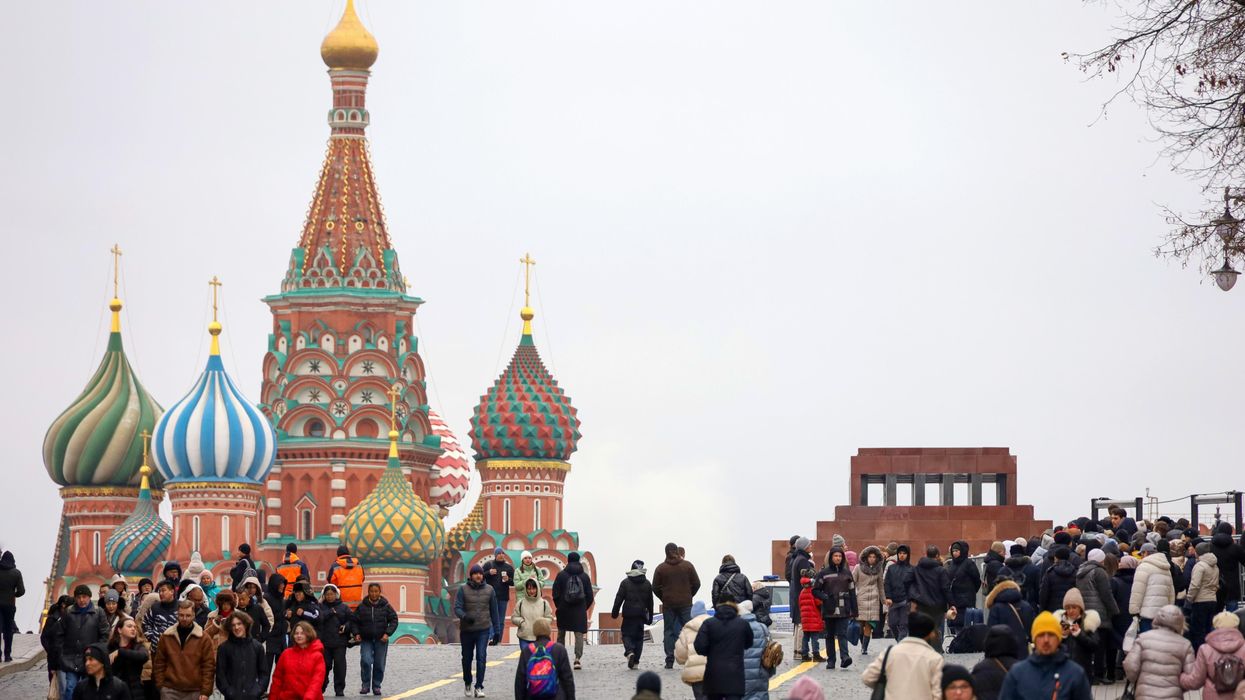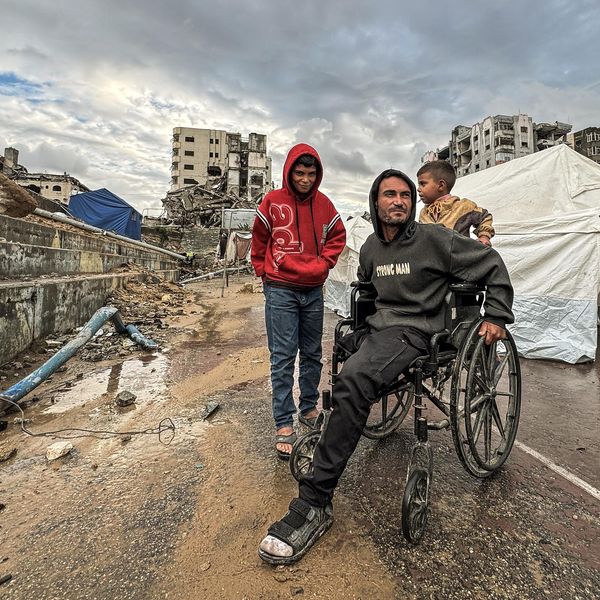In his opening remarks at last Wednesday’s “Worldwide Threats Assessment” hearing of the Senate Intelligence Committee, Chairman Mark Warner, D-Va., announced what the focus of that day’s hearing, and by extension, what the greatest threat facing American national security was: The growing technological, economic and military power of China. The rest of the hearing demonstrated that a new bipartisan consensus has solidified in Washington: That we need to counter Beijing’s rise, and must do so quickly and aggressively.
In her opening statement, Director of National Intelligence Avril Haines called China an “unparalleled priority for the intelligence community” that had become a “near-peer competitor challenging the United States in multiple areas, while pushing to revise global norms in ways that benefit the Chinese authoritarian system.”
The rest of the members of the spy community agreed. FBI Director Christopher Wray reassured Vice Chairman Marco Rubio, R-Fla., that the bureau was committed to fighting back against Chinese disinformation campaigns looking to influence U.S. domestic politics. He noted that there is no country that “presents a more severe threat to our innovation, our economic security, and our democratic ideals. And the tools in their toolbox to influence our businesses, our academic institutions, our governments at all levels, are deep and wide and persistent.”
According to Wray, there are currently over 2,000 FBI investigations that tie back to the CCP, and they are opening new investigations into China every 10 hours. In the last few years, said the FBI director, economic espionage investigations have surged 1300 percent.
This testimony accompanied the insights from the 2021 Intelligence Community annual threat assessment, released on April 9, in which the first chapter was titled “China’s Push for Global Power.” Despite the fact that that it is practically impossible for Beijing’s nuclear arsenal to approach anything near the United States’ in the near future, the report contains a section on WMDs that notes “Beijing will continue the most rapid expansion and platform diversification of its nuclear arsenal in its history, intending to at least double the size of its nuclear stockpile during the next decade.” Even if China were able to accomplish this goal, their nuclear weapons stockpile would represent roughly 17 percent of the American stockpile, according to recent estimates.
“We are basically asking the intel community to justify its own utility in facing future threats. No wonder their assessment is invariably hyped,” tweeted John Glaser, director of foreign policy at the Cato Institute. “Can we rely instead on a panel of experts whose jobs don’t incentivize threat inflation?”
China’s emergence was evidently the primary focus for the members of the Senate committee, as well. In fact, each of the first four Senators to speak, Warner, Rubio, Diane Feinstein, D-Calif., and Richard Burr, R-N.C., asked their first questions about China. Most of these senators were concerned with Beijing’s technological competition with the United States and the race to 5G, while Rubio raised questions about whether the coronavirus may have originated due to an accident in a lab in Wuhan.
As one of the last Senators to speak, Sen. Ben Sasse, R-Neb., offered a comprehensive overview of the coalescence that has taken place: “One of the things that’s new in the last 4-6 is that there is consensus, in your community and on this committee — in a bipartisan way — that there is an unparalleled, number one threat,” Sasse said. “The tech race with China is the biggest, existential national security threat we face.”
Sasse also argued that it should be a goal of both the Senate and the intelligence community to communicate to the American people that Xi Jinping and the Chinese Communist Party are the “one, overarching national security threat we face.” As Sen. Warner remarked during opening statements, the United States must be “clear-eyed in assessing the threats posed by Xi Jinping.”
What this should mean is that we must acknowledge that China will continue to challenge the United States, while not overreacting to the nature of that threat. Yes, there is serious competition right now with China — primarily technological and economic. But the threat posed to the United States by Beijing today is not necessarily military in nature, and is certainly not existential.
The best way to compete with Beijing is by strengthening the American economy and promoting American manufacturing, through comprehensive industrial and trade policies, and by remaining diplomatically and economically engaged in East Asia. Attempting to launch a new Cold War by matching or exceeding Beijing’s every move will both not serve American interests and limit Washington’s ability to cooperate with the Chinese government on critical issues such as global health and climate change.
The hearing didn’t openly advocate for confrontation with China, and many of the issues raised by both the Senators and intelligence leaders were important ones that American leaders must grapple with. But Washington has a tendency to hype the threat presented by a coterie of foreign entities — whether Saddam Hussein’s Iraq, Iran, or Al-Qaeda — and the unique focus on China suggests that the national security establishment is ripe to repeat that mistake. If China is portrayed as an existential threat, many of its own actions, even in its own neighborhood, will be used as justification to perpetuate America’s entanglement in unnecessary military conflicts, arms racing, and more.
On a day when many who have been pushing for a more humble American foreign policy celebrated the announcement of a September withdrawal from Afghanistan, the agreement about the next threat to be dealt with was loud and clear.
Joe Biden’s speech on Wednesday signaled a potential new way of thinking about the United States’ role in the world. The reaction to the attacks on 9/11 led to a two-decade long fixation on the threat of terrorism which prompted a warped and ultimately catatstrophic “Global War on Terror” which is only now winding down. If this inflated threat is only replaced by over the top concern over China — as last week’s hearing indicates — Beijing will now play the role of bogeyman to justify an overly militarized foreign policy.





